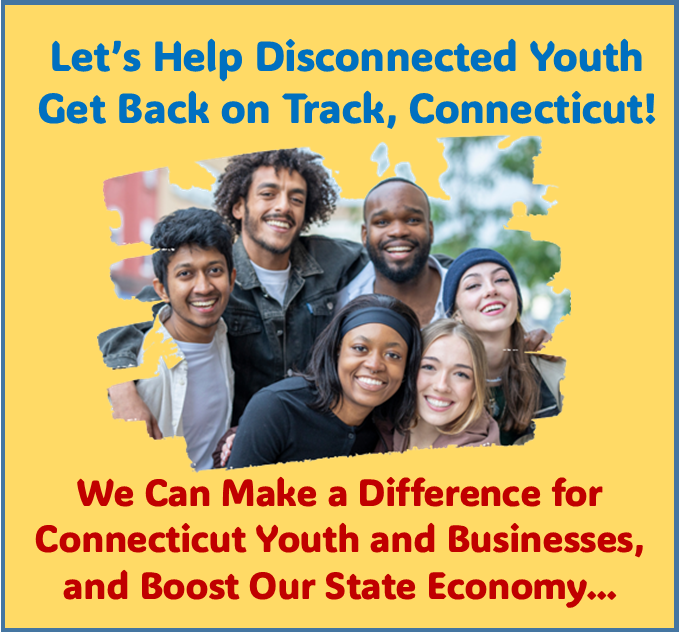State Office of Early Childhood Welcomes Bye with $8.5 Million from Feds
/The Connecticut Office of Early Childhood (OEC) has announced what amounts to a welcome gift for its incoming leader, former State Senator Beth Bye, named by Gov. Lamont two weeks ago to head the state agency. Just days ahead of Lamont’s inauguration, OEC said it had been awarded an $8,591,087 federal grant - funds intended to enable the state to design and launch better, more cost-effective systems serving families with young children.
The most anticipated federal early childhood initiative in years, according to OEC officials, the new Preschool Development Grant program was highly competitive. Connecticut is a national leader among states in both grant size and per capita funding, officials indicated. 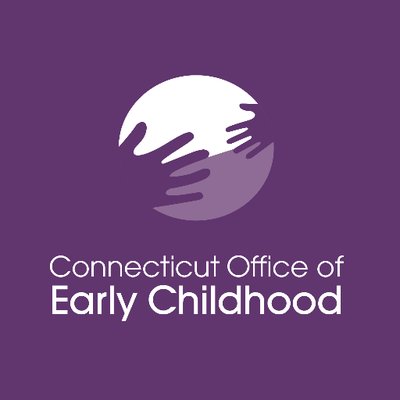
“This new grant will allow Connecticut to build on our nation-leading efforts, giving OEC new resources to work across agencies and increase impact for children and families,” former Gov. Dannel Malloy said as the grant was announced, in the final days of his administration. Connecticut was selected to receive one of the nation’s largest awards by the two federal agencies administering the grant, the Department of Health and Human Services and the Department of Education. Among the largest state recipients, no state received more funding per target family than Connecticut.
 Bye will begin serving as the Commissioner-designate later this month. Her nomination will be sent to the General Assembly for confirmation. Earlier in her career, Bye was director of the University of Saint Joseph School for Young Children and Trinity College Community Child Center preschools, and was early childhood director at the Capitol Region Education Council (CREC), where she supervised the birth to three program for CREC, and also helped to open two early childhood magnet schools. She was later elected to the Board of Education in West Hartford, then to the State House and State Senate. Reelected last fall, she did not take the oath of office last week in order to accept Lamont’s offer to lead the agency.
Bye will begin serving as the Commissioner-designate later this month. Her nomination will be sent to the General Assembly for confirmation. Earlier in her career, Bye was director of the University of Saint Joseph School for Young Children and Trinity College Community Child Center preschools, and was early childhood director at the Capitol Region Education Council (CREC), where she supervised the birth to three program for CREC, and also helped to open two early childhood magnet schools. She was later elected to the Board of Education in West Hartford, then to the State House and State Senate. Reelected last fall, she did not take the oath of office last week in order to accept Lamont’s offer to lead the agency.
“Beth Bye has devoted her entire professional career to helping to build a more progressive and equitable early childhood system in which all children, regardless of their parent’s socioeconomic status, can grow, learn and develop,” said Lamont. “It’s clear that the formative early childhood years are key to providing children a solid educational base and platform, and I know Beth is the best person to take helm of this critical agency.”
Her soon-to-be-predecessor, David Wilkinson, said “Connecticut punched well above its weight on this grant. That’s because its goals are in our DNA. OEC’s enabling legislation calls on us to be data driven, to be outcomes accountable, and to support the whole family by working across government silos. We’ve been delivering on that mission, but no agency can do those things alone. What’s exciting here is that these resources will allow the next administration to build a smart, collaborative infrastructure across agencies – one that better supports young children and families, reducing redundancies and focusing on shared goals for family success.”
 Unlike a previous iteration of this federal grant program – which focused on expanding preschool for four year-olds – the new grant focuses on child success from to zero to five, with an emphasis on infants and toddlers. Further, officials said, it calls on states to look beyond the classroom to broader measures of child and family success, including mental and physical health, family stability, and parental employment. Because such considerations involve multiple agencies, it calls on states to advance a cross-system data and performance infrastructure, asking them to cost-effectively implement new solutions with an emphasis on measurable outcomes.
Unlike a previous iteration of this federal grant program – which focused on expanding preschool for four year-olds – the new grant focuses on child success from to zero to five, with an emphasis on infants and toddlers. Further, officials said, it calls on states to look beyond the classroom to broader measures of child and family success, including mental and physical health, family stability, and parental employment. Because such considerations involve multiple agencies, it calls on states to advance a cross-system data and performance infrastructure, asking them to cost-effectively implement new solutions with an emphasis on measurable outcomes.
With this new grant, federal authorities call on states to improve measurable outcomes for children and families and to more efficiently use federal and state resources. The grant program asks states to do this by planning and building more coordinated systems, deploying resources to:
- Better link families to the full range of services they need, aligning and improving coordination among existing agencies and programs while blending and braiding funds for better efficiencies
- Advance an infrastructure for data sharing across the silos of government to better support families
- Design and implement a performance management approach focused on measurable child and family outcomes
- Develop and implement evidence-based practices to cost effectively improve child and family outcomes
- Investing in the cross agency, digital infrastructure to support all of the above
Established in 2014 with bi-partisan support and at the urging of Gov. Malloy, Sen. Bye and colleagues, the Connecticut Office of Early Childhood advances a family-centered approach to support young children and families. Integrating early childhood programming formerly administered by five separate state agencies, OEC serves children each year through programs including child care, preschool, home visiting, health and safety assurance, early intervention and parenting supports.


 DEI is a national, transparent, annual benchmarking tool that offers businesses an opportunity to receive an objective score, on a scale of zero (0) to 100, on their disability inclusion policies and practices. The
DEI is a national, transparent, annual benchmarking tool that offers businesses an opportunity to receive an objective score, on a scale of zero (0) to 100, on their disability inclusion policies and practices. The 

 NACE is the leading source of information nationwide on the employment of the college educated, and forecasts hiring and trends in the job market; tracks starting salaries, recruiting and hiring practices, and student attitudes and outcomes; and identifies best practices and benchmarks.
NACE is the leading source of information nationwide on the employment of the college educated, and forecasts hiring and trends in the job market; tracks starting salaries, recruiting and hiring practices, and student attitudes and outcomes; and identifies best practices and benchmarks.
 In addition, “the unemployment rate in [metro] Hartford for adults with at least a bachelor's degree is the lowest in all the metropolitan areas analyzed, whereas last year, it was in the middle of the pack.”
In addition, “the unemployment rate in [metro] Hartford for adults with at least a bachelor's degree is the lowest in all the metropolitan areas analyzed, whereas last year, it was in the middle of the pack.”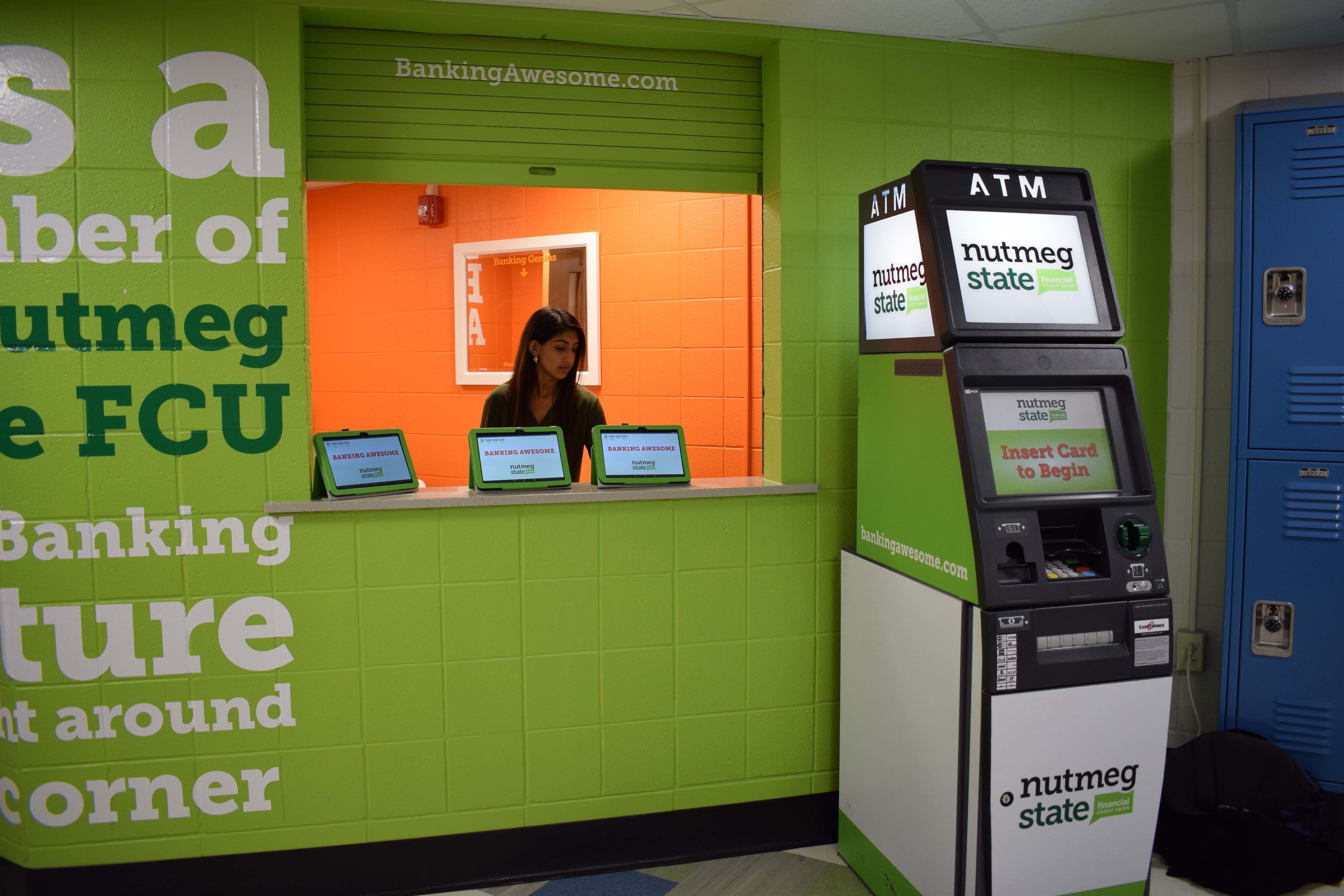
 Because the technology is intuitive for most students, their transaction time can be used to talk about subjects they may be less familiar with – such as balancing a checkbook, how debit cards and account balances relate to each other, loans and interest rates, and what a credit score is all about. Not the typical teen conversation, but Holt indicates that students have been quite interested in learning more.
Because the technology is intuitive for most students, their transaction time can be used to talk about subjects they may be less familiar with – such as balancing a checkbook, how debit cards and account balances relate to each other, loans and interest rates, and what a credit score is all about. Not the typical teen conversation, but Holt indicates that students have been quite interested in learning more.

 The new center at Sacred Heart University will further Verizon’s commitment to cultivate strong relationships with academic institutions with emerging technology curricula, officials stressed. The coworking spaces allow Verizon to tap into local startup and innovation networks, build relationships with potential partners and open new doors for ideas and technology. With Verizon, Alley is bridging the gap between startup and corporation by helping the community workspace build next-level ecosystems for entrepreneurs. Verizon provides entrepreneurs and start-up companies working on new products with the technology and services they need for growth.
The new center at Sacred Heart University will further Verizon’s commitment to cultivate strong relationships with academic institutions with emerging technology curricula, officials stressed. The coworking spaces allow Verizon to tap into local startup and innovation networks, build relationships with potential partners and open new doors for ideas and technology. With Verizon, Alley is bridging the gap between startup and corporation by helping the community workspace build next-level ecosystems for entrepreneurs. Verizon provides entrepreneurs and start-up companies working on new products with the technology and services they need for growth.


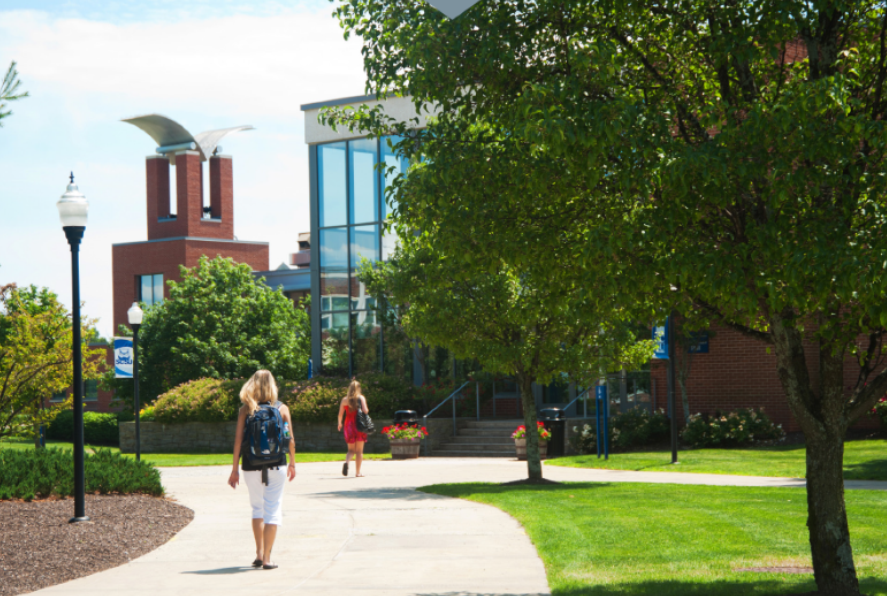 2016-17.”
2016-17.”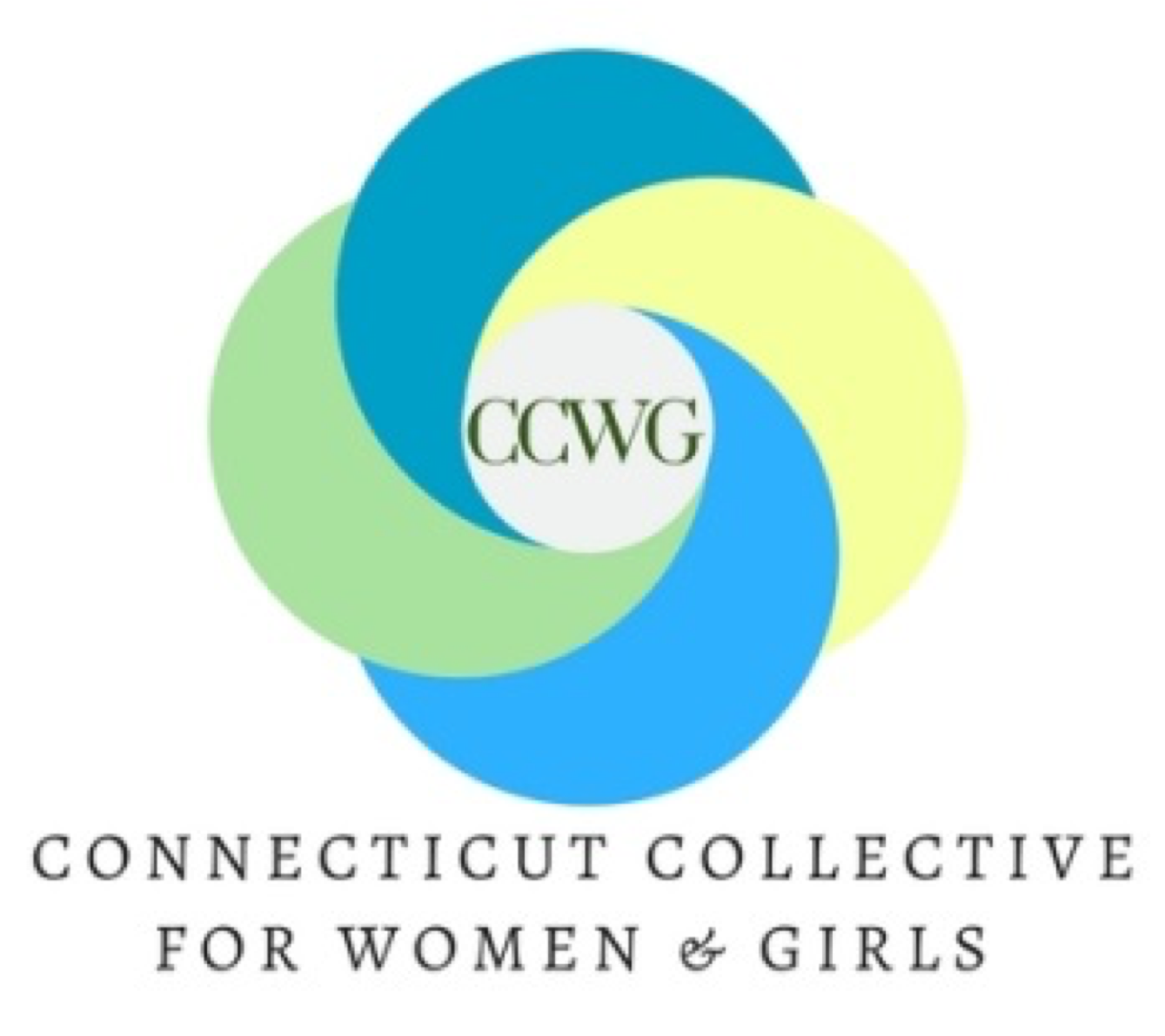


 The paper appears to be the first to document the long-term reach of the role model effect, UConn Today reported. The researchers previously found that having at least one black teacher in elementary school reduced their probability of dropping out by 29 percent for low-income black students – and 39 percent for very low-income black boys.
The paper appears to be the first to document the long-term reach of the role model effect, UConn Today reported. The researchers previously found that having at least one black teacher in elementary school reduced their probability of dropping out by 29 percent for low-income black students – and 39 percent for very low-income black boys.


